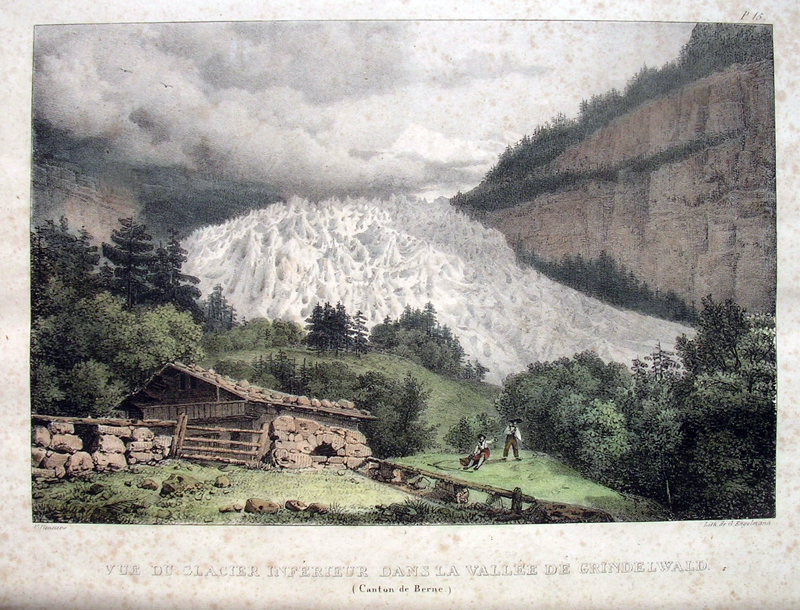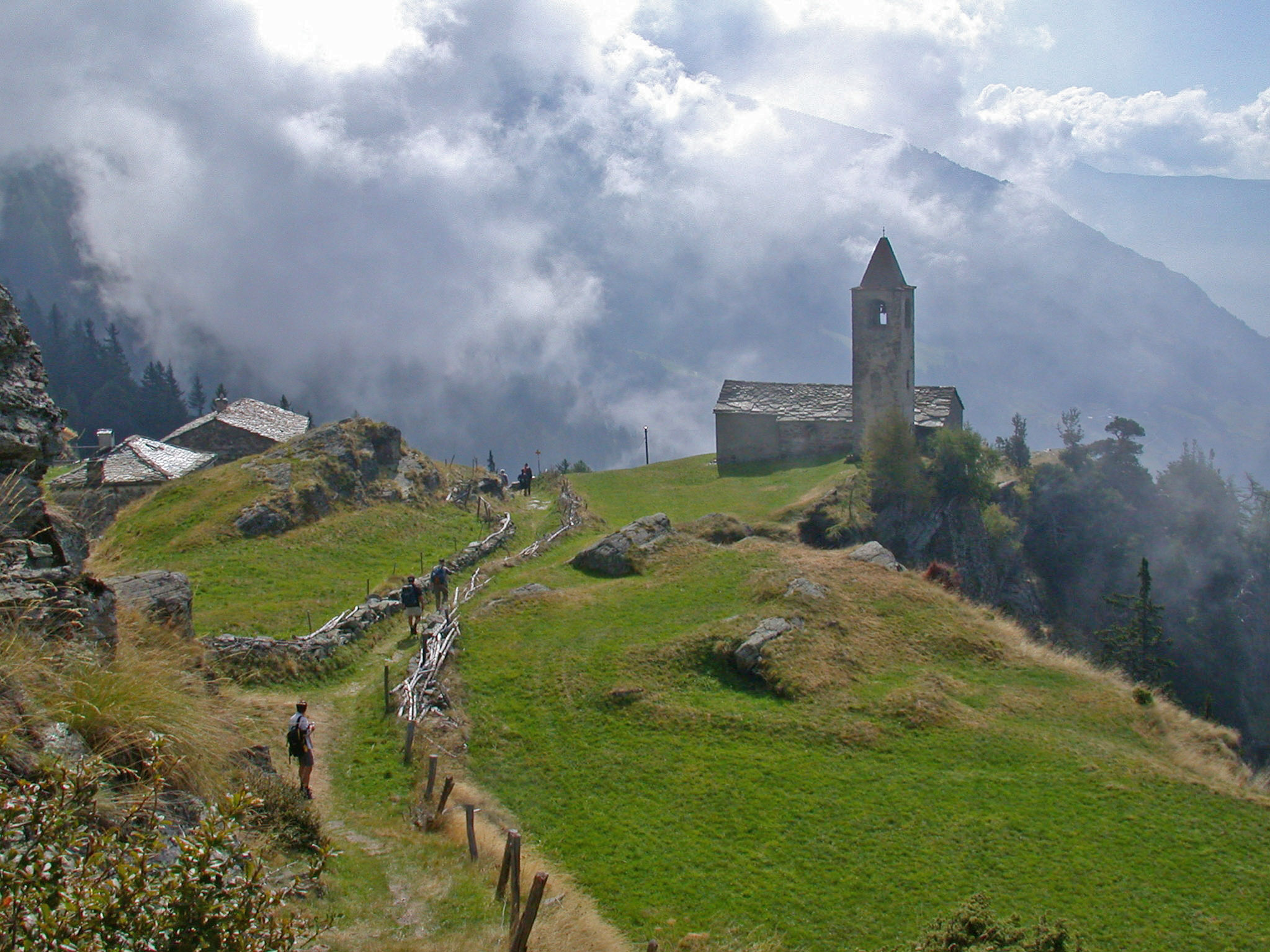Retracing mountain traders’ trails
Every year, about 30 men and women in historic dress follow old trade routes through the Alps, traversing mountain passes with donkeys and mules. Hikers accompany them on a 150-kilometre-long journey from Lake Lucerne to Italy.
For hundreds of years, traders used this route to transport valuable goods to Italy, such as salt, grains, cattle, furs, crystals or works of art. Sbrinz cheese from central Switzerland was also among their exports. On the way back, they brought wine, rice, chestnuts, silk and spices. But the traders stayed poor while their bosses kept the profits.
The trips were difficult and dangerous: temperature changes and inclement weather, highwaymen and smugglers made life tough for the traders. Today, words spoken at a worship service serve as a reminder of earlier days: “We traders walk the same path that our great-grandfathers did. The work was difficult and dangerous. Now it’s become a hobby that is carried out with lots of idealism.”
Today, light tourism on prepared paths is intended to bring sustainable development to remote valleys. The revival of the Sbrinz route is more than a tourist attraction, though. It’s a journey to the past that’s almost avant-garde in its slow, deliberate nature.
(Photos and sound: Daniel Rihs; Text: Gaby Ochsenbein, swissinfo.ch)



You can find an overview of ongoing debates with our journalists here. Please join us!
If you want to start a conversation about a topic raised in this article or want to report factual errors, email us at english@swissinfo.ch.